China 'busy' with new Moon program
China's lunar mission to bring back the first samples collected from the far side of the Moon is scheduled for 2024, Chinese officials said, CNN reported.
Specifically, the China National Space Administration (CNSA) said in a statement in late September 2023 that preparations for the next planned mission - named Chang'e-6 - are progressing smoothly, adding that the mission's accompanying relay satellite Queqiao 2 will be deployed in lunar orbit in the first half of 2024.
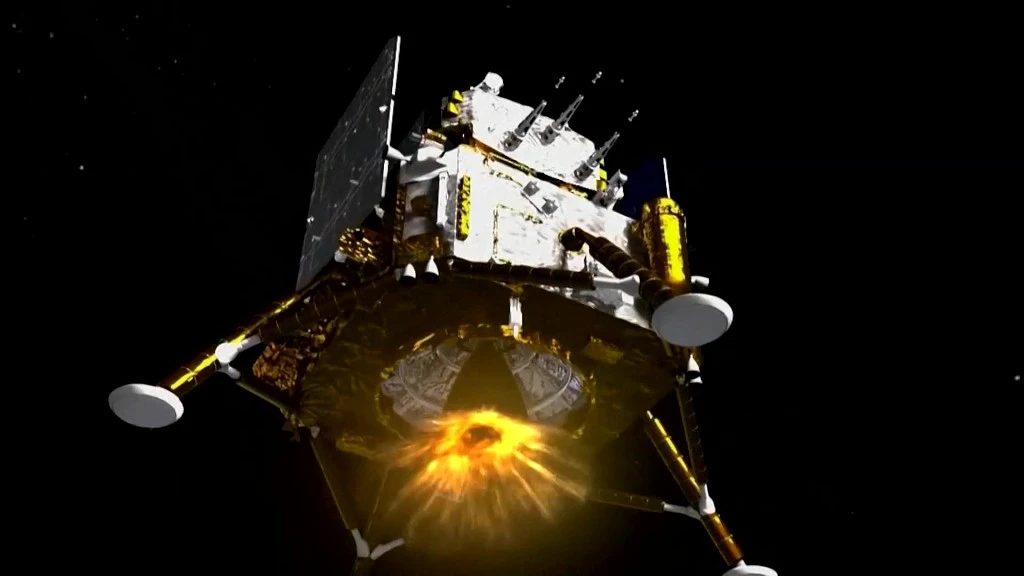
A simulated image showing China's Chang'e-6 probe. Photo: VCG
Queqiao 2 helps facilitate communication between the Chang'e-6 probe and Earth.
Hu Hao, a senior planner with the Chang'e 6 mission management agency, said the Chang'e 6 spacecraft will consist of four components - an orbital module, a lander, an ascent vehicle and an Earth return module.
If all goes according to plan, the Chang'e-6 spacecraft will touch down in the South Pole-Aitken basin and collect samples of dust and rocks there.
So far, the United States, the Soviet Union, and China have returned lunar materials to Earth, but none of them have brought back samples from the far side of the Moon. With Chang'e-6, China hopes to change that.
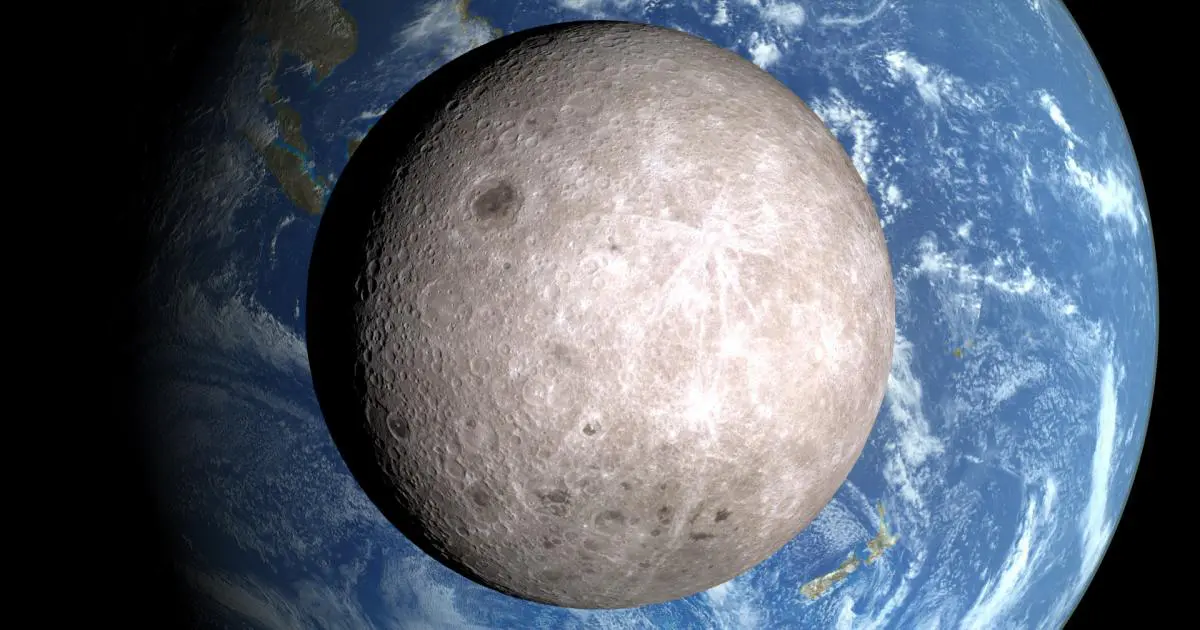
So far, no country has been able to retrieve samples from the far side of the Moon. Photo: NASA/LRO
According to scientists , tidal forces acting on Earth have slowed the Moon's rotation to the point that one side is always facing the planet. The other side, most of which is never seen from Earth, is the far side of the Moon.
Although the far side has been photographed extensively by spacecraft, starting with a Soviet probe in 1959, no probe had reached it until China's Chang'e 4 mission landed in Von Karman Crater in the South Pole-Aitken Basin in January 2019.
The Chang'e-6 mission is being actively deployed as Beijing steps up its ambitious plan to land astronauts on the Moon this decade, while aiming to build an International Lunar Research Station (ILRS) by 2040.
In early October 2023, CNSA announced that the Chang'e-8 mission is expected to launch in 2028.
On October 2, at the International Astronautical Congress held in Baku, Azerbaijan, Chinese officials called for increased global cooperation for the country's unmanned lunar expedition.
According to an accompanying document published on the CNSA website, China's ground command team for the 2028 Chang'e-8 mission will welcome "mission-level equivalent" projects with other countries and international organizations.

China National Space Administration invites global cooperation within the framework of the Chang'e-8 lunar exploration mission. Photo: Orient
This means that China and its international partners can work together on spacecraft launches and orbital operations, conduct spacecraft-to-spacecraft "interactions" and jointly explore the lunar surface.
This could allow international partners to conduct lunar research by "hitchhiking" from the mission, Chinese state media said.
China hopes the Chang'e-6 (2024), Chang'e-7 (2026) and Chang'e-8 (2028) missions will generate valuable data toward building a permanent International Research Station on the Moon's South Pole by 2040 - part of China's broader efforts to become a space power.
Beijing's international expansion through space cooperation is also part of its plan to become a space power - although so far only a handful of countries are believed to have joined its planned lunar research station. They include Russia, Venezuela and South Africa, according to Chinese state media.
The Chang'e-6 spacecraft will also carry scientific instruments and satellites from four international partners, according to CNSA. These include a French-made instrument to detect radon gas; a European Space Agency (ESA) negative ion detector; an Italian laser angle reflector to calibrate the radar system; and a Pakistani CubeSat, a square-shaped miniature satellite.
Chang'e-6 is expected to be followed by Chang'e-7 in 2026, which aims to search for lunar resources on the south pole, and the Chang'e-8 mission in 2028 could help Chinese scientists look at how to use lunar materials.
The spacecraft of the Chang'e-8 mission will also have room for a total of 200 kg of integrated scientific instruments from international partners, CNSA said.
China began its lunar program in 2004 and has launched five probes since 2007. Their most recent mission was Chang'e-5.
China is not alone: Russia, the US, Asia are equally "busy"
Beijing has previously achieved a series of notable space achievements. For example, in 2019, China became the first country to send a probe to the far side of the moon.
In 2020, the country's Chang'e-5 mission set a new record by bringing 1,731 grams of lunar rocks and soil back to Earth - the first lunar materials for humans since the 20th-century US Apollo missions.
That is also the reason why the team in charge of the Chang'e 5 mission received the highest team award (Team Achievement Award 2023) from the International Academy of Astronautics held on October 1, 2023 in Baku, the capital of Azerbaijan.
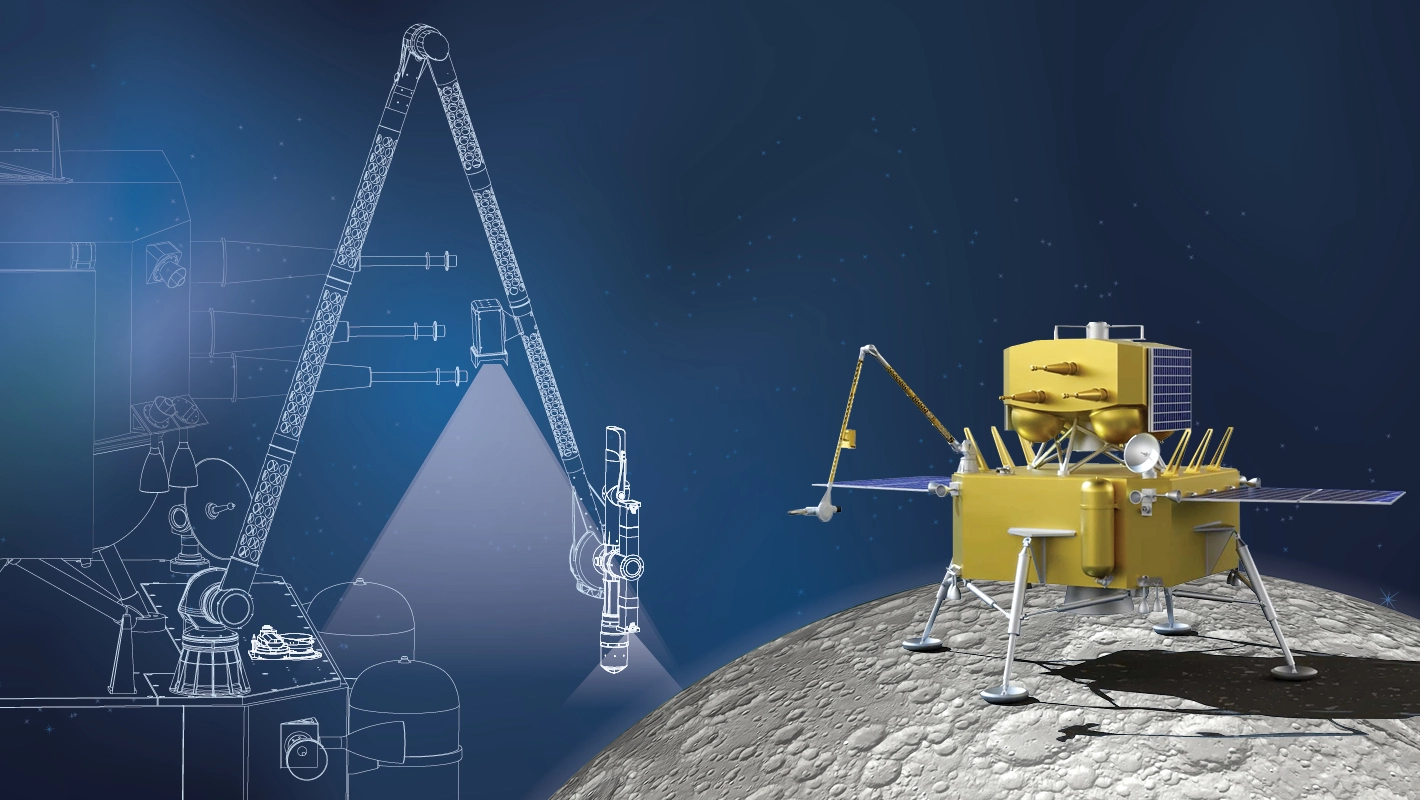
Chang'e 5 is not only China's first project to retrieve rocks and soil from the lunar surface, but also the world 's first attempt to do so in more than 40 years since the last lunar mission in 1976. Photo: Polyu
In the same year 2022, the country of one billion people completed the construction of the Tiangong orbital space station; At the same time, it announced plans to become the second country (after the US) to carry out a manned mission to the Moon by 2030.
Of course, China is not alone in its quest to land and eventually land humans on the Moon, as many countries eye the potential scientific benefits, national prestige, and access to resources and deeper space exploration that successful lunar missions could bring.
The US has also been pushing ahead with its lunar programme – successfully launching the first test flight of the SLS rocket in 2022 under the Artemis programme, which aims to return American astronauts to the Moon by 2025; and build a scientific base there. NASA is also eyeing the lunar south pole.
Like China, the US is also rallying international partners, with more than 20 countries signing the Artemis Accords' provisions on "peaceful exploration of deep space."
In Asia, countries like India, South Korea, and Japan also have certain missions towards the Moon.
On the Russian side, the Luna-25 mission failed but did not shake Russia's determination in the journey to the Moon. The head of the Russian Federal Space Agency Roscosmos - Mr. Yury Borisov said the Luna-25 mission could be restarted in 2025.
After Luna-25, Russia plans to launch the Luna-26, Luna-27 and Luna-28 missions – in 2027, 2028 and no earlier than 2030, respectively. These plans can even be pushed forward so that Russia can quickly get the results it wants.
Source: CNN, Chinadaily
Source





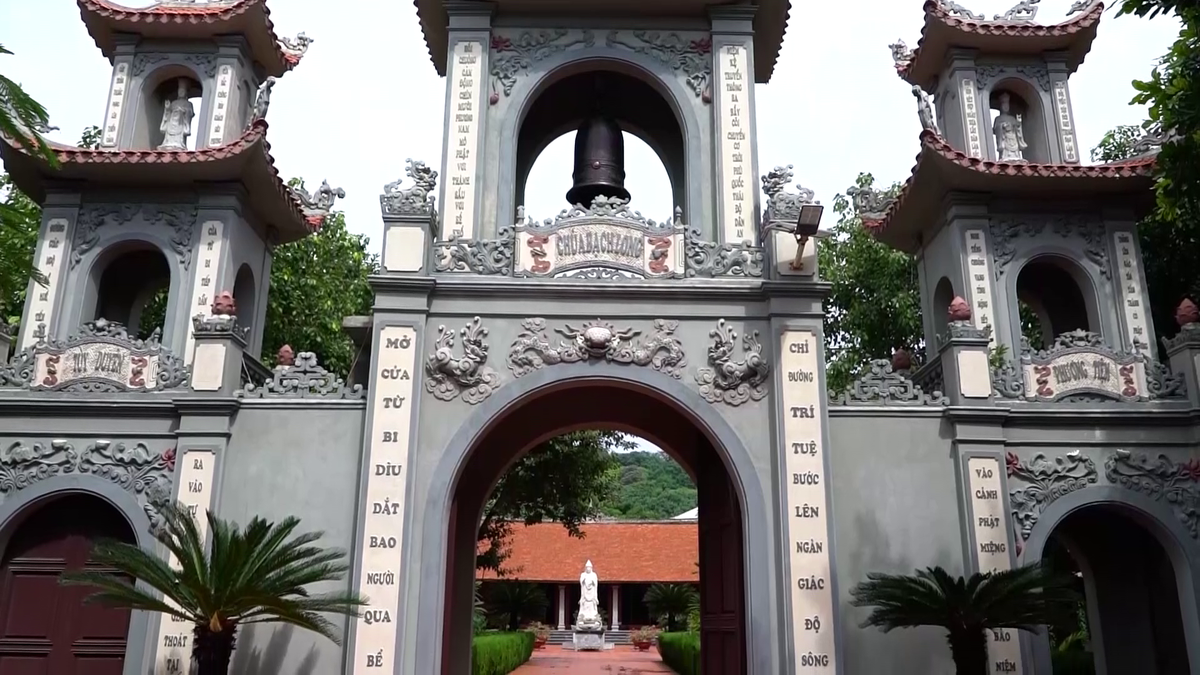
















































































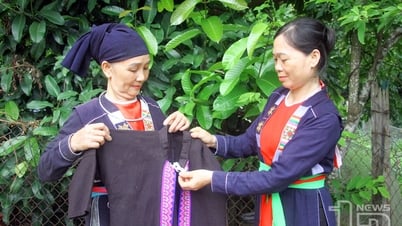












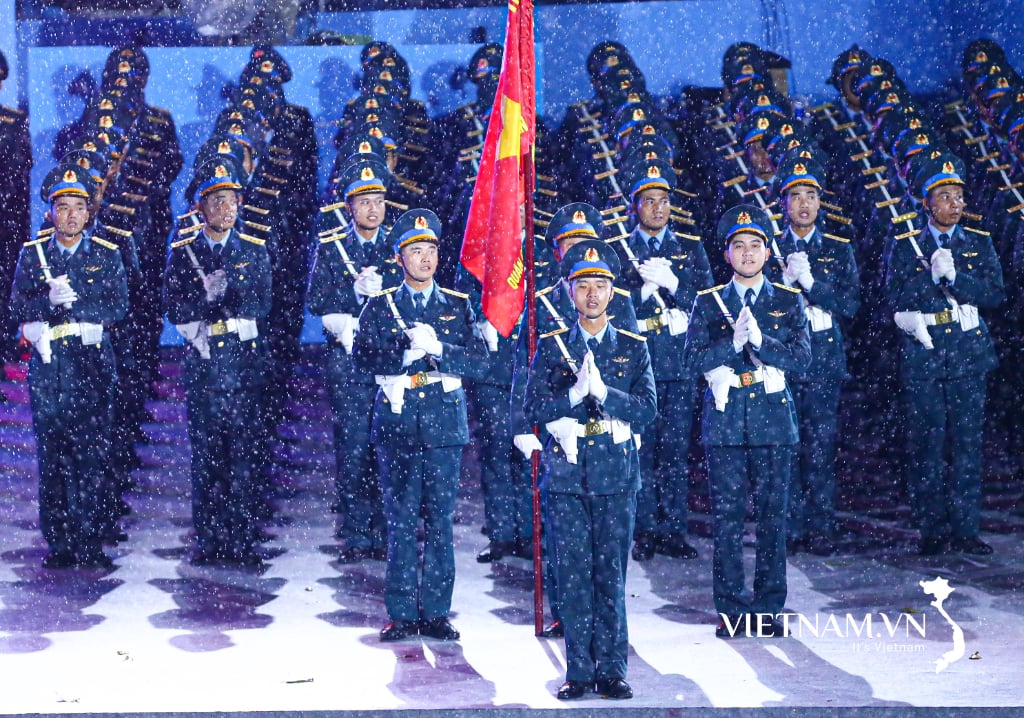


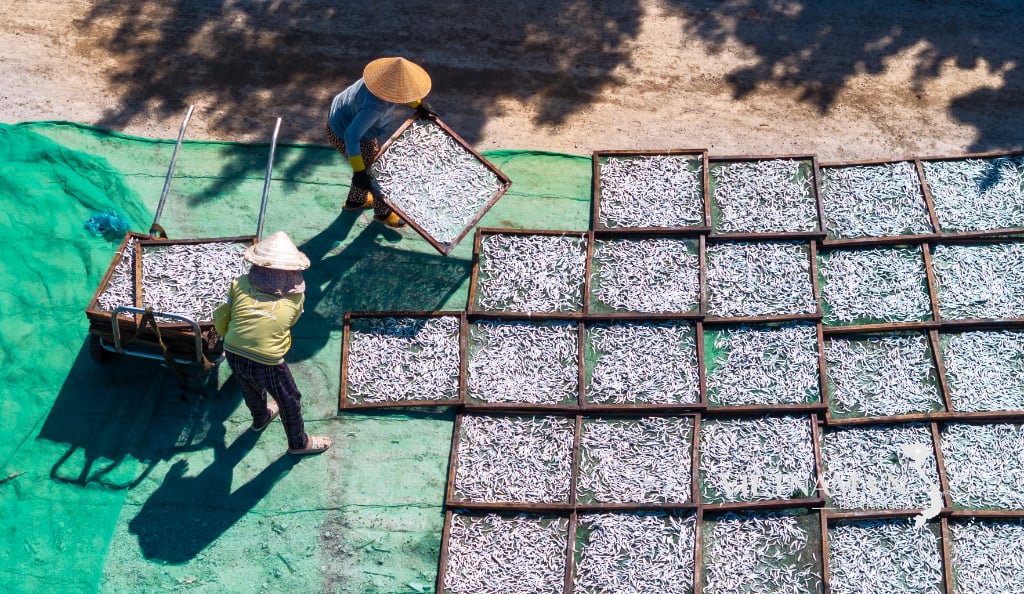
Comment (0)